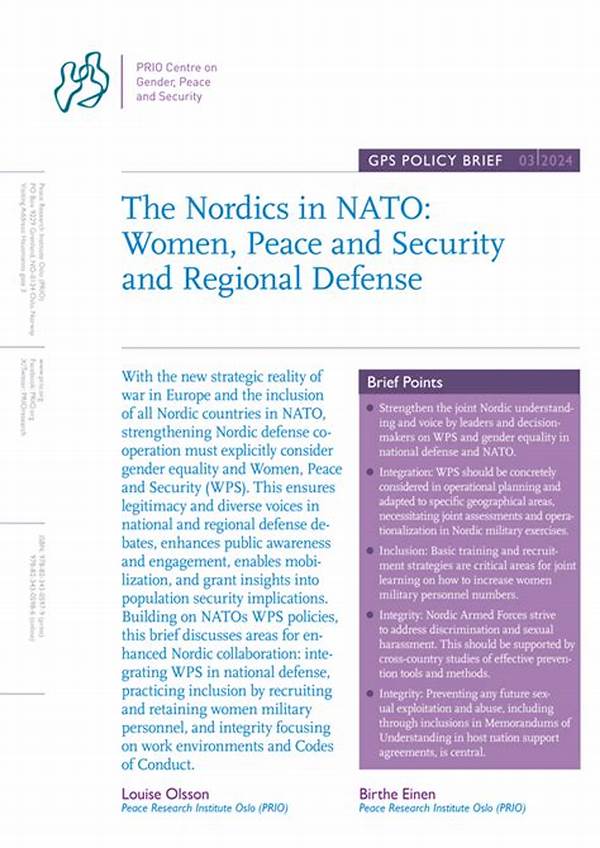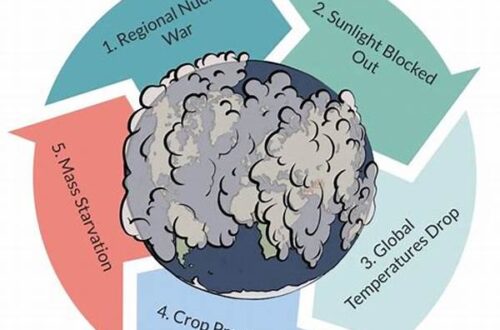The collaboration between NATO and regional defense frameworks has undeniably marked a significant evolution in global security dynamics. As international threats become increasingly complex, the synergy between NATO and regional defense organizations has become crucial. This intricate relationship not only enhances mutual strategic objectives but also fortifies the global security architecture. Across various regions, this collaboration seeks to leverage NATO’s comprehensive capabilities while accommodating the distinctive needs and capabilities of regional defense initiatives. Such alliances enable a cooperative approach to mitigating transnational threats, stabilizing volatile regions, and promoting peace.
Strategic Alliances and Cooperative Security
The collaboration between NATO and regional defense entities plays a pivotal role in reinforcing cooperative security. By engaging in joint exercises, intelligence sharing, and capacity-building initiatives, such collaborations enhance both the strategic reach and operational effectiveness of all involved parties. This cooperation allows regional forces to benefit from NATO’s extensive resources, including technological advancements and experienced military strategies. Through these joint efforts, regional defense organizations can strengthen their own capacities, ensuring swift and decisive responses to security challenges. This synergy ultimately results in a robust defense posture, safeguarding both regional and global security interests.
Enhanced Military Interoperability
1. The collaboration between NATO and regional defense enhances military interoperability, allowing for seamless operations across diverse forces.
2. It promotes standardized training and operational protocols, facilitating quicker mobilization during joint missions.
3. Such collaboration contributes to an integrated approach towards addressing security threats, ensuring wider coverage and resource optimization.
4. It encourages the exchange of best practices, which leads to improved tactics and strategies for both NATO and regional counterparts.
5. The collaboration between NATO and regional defense strengthens joint readiness, ensuring preparedness for various security scenarios.
Institutional Support and Capacity Building
Collaboration between NATO and regional defense frameworks significantly advances institutional support and capacity building within allied nations. By offering training programs, advisory missions, and resource sharing, NATO aids in the development of robust defense infrastructures. These initiatives are crucial for regional organizations that may lack the comprehensive resources available to NATO member states. Through tailored assistance, regional defense entities can enhance their capabilities, providing a reliable defense mechanism tailored to their unique security environments. This cooperation also fosters a mutual understanding and alignment of strategic priorities, further solidifying the commitment to collective defense.
The capacity-building efforts extend beyond military advancements to include governance, legal, and policy frameworks essential for effective defense postures. By aligning these aspects with NATO’s standards, regional defense organizations can better integrate into broader international security efforts. This holistic approach ensures a sustainable and comprehensive enhancement of defense capabilities across all dimensions.
Collaborative Exercises and Joint Training
In-depth collaboration between NATO and regional defense organizations revolves around joint exercises and training programs designed to enhance combat readiness and operational coordination. These collaborations are integral in achieving an interoperable defense setup that can efficiently address evolving security threats. By engaging in collaborative exercises, both NATO and regional forces gain valuable insights into each other’s operational procedures, strategy, and command structures, ensuring a synchronized response during multinational missions.
1. Joint exercises promote mutual trust and understanding among disparate military units.
2. They provide a platform for testing new tactics and technologies in a controlled environment.
3. Collaborative training helps in identifying and addressing capability gaps within participating forces.
4. It nurtures leadership skills vital for commanding multinational operations.
5. Such initiatives encourage a culture of transparency and openness among partners.
6. They contribute to a more standardized approach to conflict management.
7. Exercises foster a shared commitment to upholding international peace and security.
8. They help align national defense objectives with broader collective security goals.
9. Collaborative efforts highlight the importance of adaptability in defense strategies.
10. These exercises reinforce the overall security posture, providing a deterrent against potential threats.
Integration of Advanced Technologies and Intelligence Sharing
The integration of advanced technologies within the collaboration between NATO and regional defense frameworks holds significant prominence. As modern warfare becomes increasingly reliant on technological superiority, the exchange and development of cutting-edge capabilities are crucial. NATO facilitates this integration by providing access to state-of-the-art technologies and fostering collaborative research and development efforts. This partnership aims to equip regional defense entities with advanced surveillance, reconnaissance, and communication systems, enhancing their operational effectiveness.
Equally important is the emphasis on intelligence sharing, an area where collaboration between NATO and regional defense proves invaluable. By pooling intelligence resources, NATO and regional partners can achieve more comprehensive situational awareness and improved accuracy in threat assessments. This synergy is vital for anticipating and preventing potential conflicts, allowing for proactive measures to be implemented in a timely manner. Furthermore, technology and intelligence collaboration not only enhance defense capabilities but also promote innovation and creativity within military and security domains.
Geopolitical Considerations and Strategic Importance
The collaboration between NATO and regional defense frameworks extends beyond military endeavors to encompass vital geopolitical considerations. This strategic alliance plays a crucial role in maintaining the balance of power and stabilizing regions that are geopolitically significant. By engaging with regional entities, NATO can pursue its strategic objectives while respecting the sovereignty and regional dynamics of allied nations. These partnerships serve as a means of fostering dialogue, reducing tensions, and promoting a stable international order.
In the face of evolving global challenges such as cyber threats, terrorism, and regional conflicts, the collaboration between NATO and regional defense becomes even more pertinent. By combining efforts, both entities can anticipate emerging threats and implement appropriate countermeasures. Such collaboration fosters a comprehensive approach to security, considering the multifaceted nature of current global crises. Maintaining this synergy is essential for achieving long-term global peace and ensuring the resilience of international security architectures.
Summary: The Path Forward
In conclusion, the collaboration between NATO and regional defense stands as a cornerstone of modern security strategies. Through shared objectives, enhanced interoperability, and strategic partnerships, this collaboration strengthens the global security framework. It is a testament to the collective resolve of nations to counteract threats and promote peace across regions. By integrating resources, capabilities, and knowledge, both NATO and regional organizations can achieve a more coordinated and effective defense posture.
As the international security landscape continually evolves, sustaining and enhancing this collaboration remains vital. It necessitates constant adaptation, mutual respect, and open channels of communication to address complexities and embrace emerging opportunities. The future success of this collaboration will depend on the ability of both NATO and regional defense entities to harness their respective strengths while fostering a unified vision for peace and stability.





